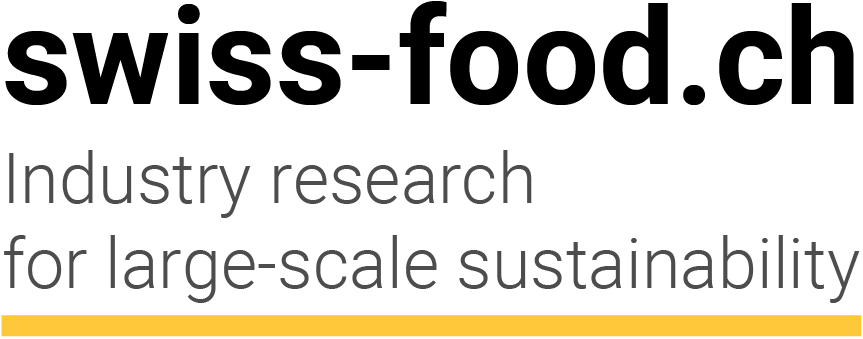
Invasive Species Play a Role in Species Extinction
The UN's Intergovernmental Science-Policy Platform on Biodiversity and Ecosystem Services (IPBES) has explored how invasive alien species contribute to species extinction. The report's findings are stark: Invasive alien species significantly threaten our natural environment, economy, food security, and health. They are a primary factor in 60% of animal and plant extinctions, leading to annual costs exceeding 423 billion US dollars.
Wednesday, September 20, 2023
IPBES's report emphasizes that the risks of invasive alien species have been gravely underestimated. In 2019, IPBES had already identified these species as one of the top five drivers of biodiversity loss. Building on this, they collaborated with 86 experts from 49 countries over four years to produce this comprehensive assessment, released in September 2023. Swiss media, including Watson and Blick, have covered this pressing issue.
Indigenous Communities Bear the Brunt
For Professor Helen Roy, one of the report's lead authors, invasive alien species are a formidable threat to biodiversity. They inflict irreversible harm on our natural world, resulting in both species extinction and human health threats. Only a subset of foreign species is deemed «invasive» - those causing detrimental effects. Specifically, 6% of alien plants, 22% of invertebrate alien animals, 14% of vertebrate alien animals, and 11% of alien microbes are classified as invasive. Indigenous communities, deeply rooted in their natural surroundings, face the direst consequences of these invasive species, leaving them susceptible to dramatic ecosystem alterations.
The Repercussions: Species Loss and Human Illnesses
IPBES underscores that 60% of extinction events are attributed to invasive alien species. They were the exclusive culprits in 16% of these instances. Over 218 invasive alien species account for more than 1,200 local extinctions. Instances of their impact include how North American beavers and Pacific oysters reshape ecosystems, often detrimentally affecting native species. The fallout from these invasions—ranging from agricultural losses and diseases to infrastructure damage—is financially burdensome. The Asian ladybug, introduced in Europe for pest control, has burgeoned, potentially displacing its native counterparts. These bugs are a nightmare for winegrowers: they often nest in grape clusters, and if harvested, they taint the wine.
Public health is jeopardized as well. Diseases like Malaria, Zika, and West Nile fever, propagated by invasive mosquito species such as Aedes albopictus and Aedes aegyptii, have surged. Ecosystem disruptions also damage human livelihoods. For instance, the introduction of water hyacinth (Pontederia crassipes), the foremost invasive alien species globally, has seen fish catches plummet in Lake Victoria.
Local biodiversity protection is a top priority on the international political agenda.
A key takeaway from the report, as highlighted by one author, is the attainability of significant strides against invasive alien species. A collaborative, multi-sectoral approach—spanning trade, transport, health, and economic development—is pivotal. The report proposes cohesive strategies and highlights over 40 areas demanding further research.
«The urgency presented by invasive alien species, causing profound harm to our environment and societies, underscores this report's significance,» says Dr. Anne Larigauderie, the Executive Secretary of IPBES. «Last year, global governments unified under the Kunming-Montreal Global Biodiversity Framework, committing to a 50% reduction in priority invasive alien species by 2030. While this goal is ambitious, the IPBES report equips us with the insights and tools to make this commitment a reality.»
Biodiversity and species diversity are pressing concerns that cannot be overlooked. These topics are intertwined with megatrends such as climate change, digital connectivity, urbanization, and ecological shifts. Everyone's awareness and proactive approach are as crucial as tangible efforts to counteract harmful organisms. While global discussions are essential, local actions are paramount, underscoring the need for a «glocal» approach.
Sources
Kindly note:
We, a non-native editorial team value clear and faultless communication. At times we have to prioritize speed over perfection, utilizing tools, that are still learning.
We are deepL sorry for any observed stylistic or spelling errors.
Related articles
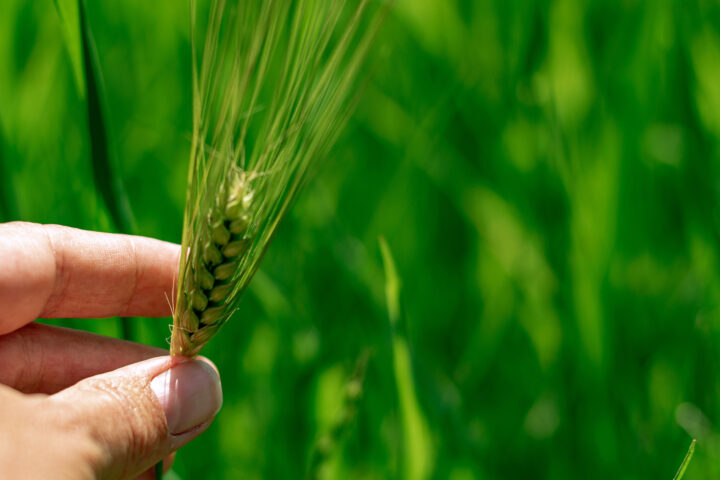
How German Experts View New Breeding Techniques
In hardly any other country is the idyllic image of organic farming cultivated in the public sphere as carefully as in Germany. Naturalness and rural authenticity are powerful mental refuges for many Germans. Against this backdrop, it is hardly surprising that resistance to new breeding techniques is strong – and that ignorance about the realities of organic farming sometimes appears almost deliberate.
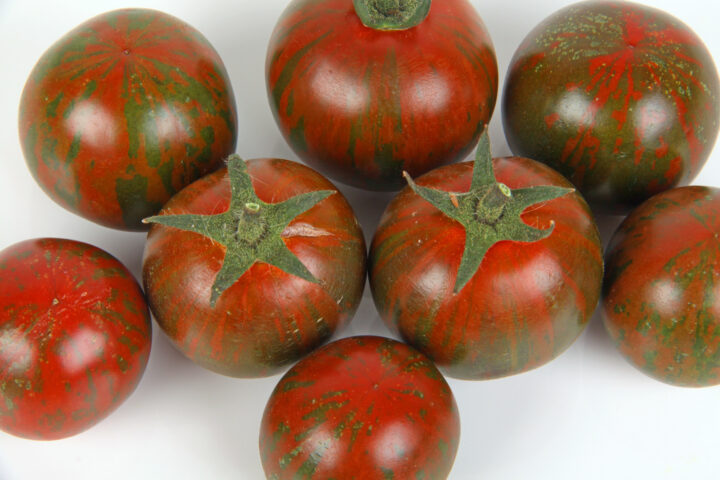
Why consumers accept gene-edited foods on their plates
Acceptance of gene-edited foods increases when the tangible benefits for consumers are easy to understand. A recent study by the Center for Food Integrity (CFI), conducted in collaboration with FMI – The Food Industry Association, shows that consumers evaluate technologies such as genome editing positively when they recognize clear advantages for health, the environment, or food security.
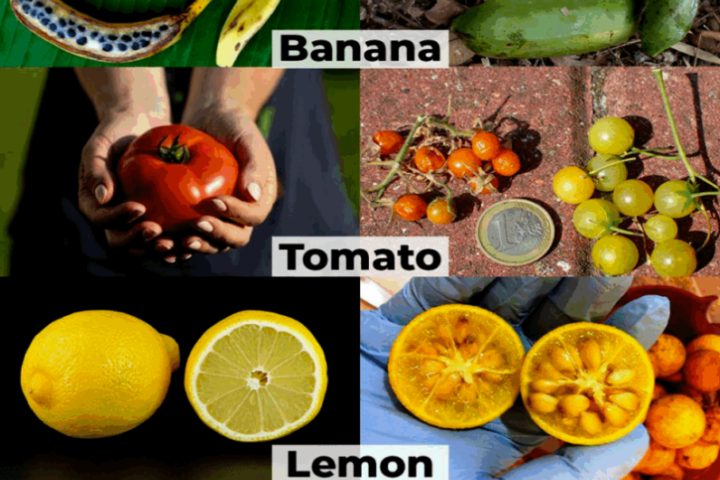
Beautiful and delicious mutants on your plate: The misunderstood world of crop improvement
When most of us hear the word mutation, the images that come to mind are not positive. We think of radioactive monsters, comic book villains, or genetic diseases like sickle-cell anemia. In popular culture, “mutants” are often synonymous with danger. Possibly the most famous are Marvel’s X-Men, who have enjoyed four big-screen incarnations and an enduring place among sci-fi movie aficionados.
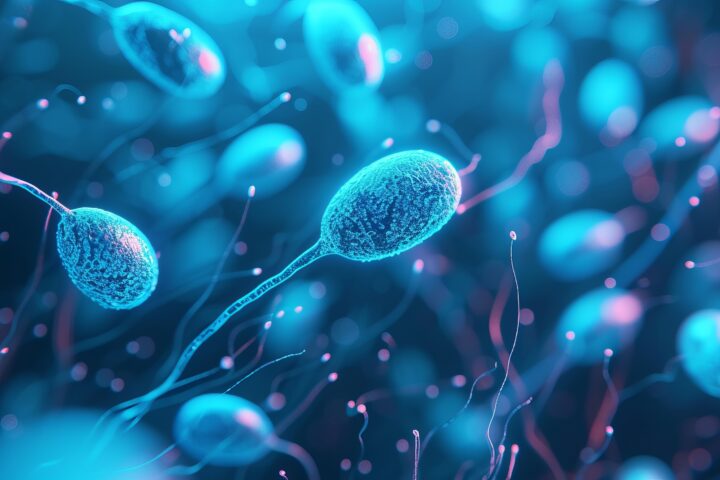
Sperm crisis with a question mark: what the Swiss study really shows – and what it does not
The state of Swiss semen appears worrying – unless you live slightly south of the city of Aarau. There, sperm quality among young men is reportedly the highest. The prime suspect is quickly identified: pesticides.

